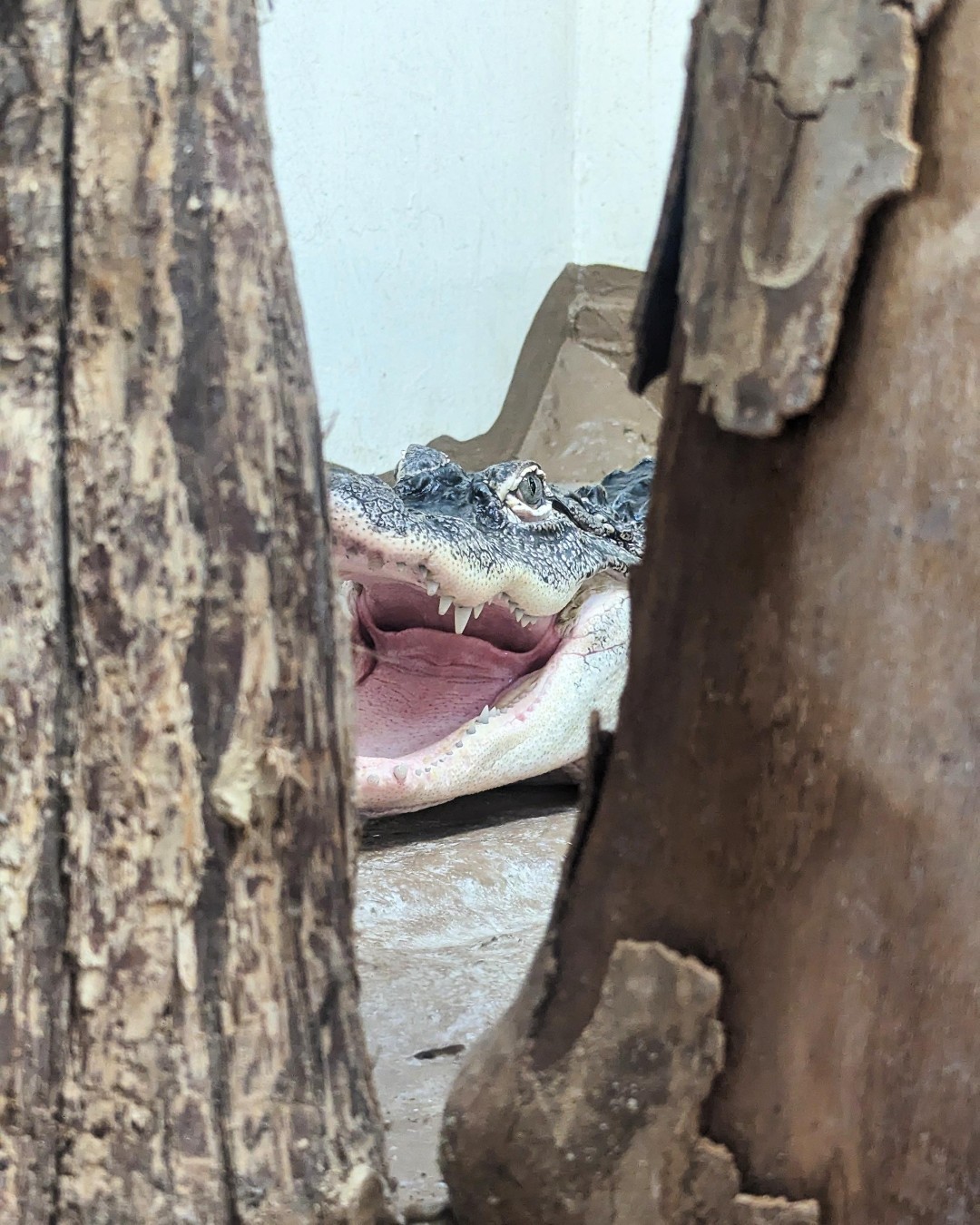- The remarkable dental structure of alligators
- Alligator dental regeneration and its significance
- The mechanics of an alligator’s bite force
- Differences between crocodile and alligator dentition
- Conservation and ecological implications of alligator biology
The remarkable dental structure of alligators reveals a fascinating aspect of reptilian biology. Alligators, magnificent creatures from the order Crocodylia, possess a dental anatomy that is unique to this lineage. An adult alligator boasts 80 conical-shaped teeth, specifically adapted for gripping rather than masticating food. Unlike mammals, which rely on molars for grinding, alligators swallow their food whole. This design efficiency reflects their role as apex predators in their ecosystems.
Alligator dental regeneration offers an intriguing insight into evolutionary biology. Unlike humans and most mammals who possess a single set of adult teeth, alligators can regrow teeth up to 50 times in their lifetime, with an individual going through 2,000 to 3,000 teeth. This dental regeneration is an adaptation that allows alligators to maintain functionality despite the wear and tear of capturing prey. This cyclical tooth replacement is facilitated by dental lamina, a tissue producing cells that transform into new teeth, ensuring alligators can keep their formidable appearances and abilities over many decades.
The mechanics of an alligator’s bite force accentuate their predatory capabilities. Alligators show a recorded bite pressure of approximately 2,000 pounds per square inch, which is an astounding feat when compared to mammals like lions and humans, who achieve about 600 and 120 pounds respectively. This incredible force is a product of their muscular jaws and structural adaptations, allowing them to crush the shells of turtles and incapacitate large prey effectively. Understanding this physical prowess highlights the alligator’s dominance in their aquatic habitats and its relevance in maintaining a balanced ecosystem.
Differences between crocodile and alligator dentition provide essential distinctions for species identification. Although both animals share broadly similar appearances, differences in their dental structure are key. Alligators conceal their upper teeth when their mouths are closed, a feature not found in crocodiles, where some teeth remain visibly prominent. Additionally, the dental arrangement and openness of the jaw structure play roles in distinguishing these reptiles. Such distinctions not only interest zoologists but also form vital information for people living or working in regions inhabited by these animals.
Conservation and ecological implications of alligator biology extend beyond simple biological curiosity, impacting environmental management and species protection strategies. Alligators play a crucial ecological role as predators, regulating the populations of their prey and maintaining the health of their ecosystem. Their habitat, often in swamps and rivers, is critically linked to the health of water quality and biodiversity. Conservation efforts focus on protecting these habitats from pollution and human encroachment to preserve both the species and its ecological function. By understanding their biology, particularly their dental adaptations and forces, conservationists aim to foster awareness and develop practices that align with the survival of these ancient reptiles.
In summation, the study of alligator teeth offers expansive insights into their biology, behavior, and ecological significance. Whether considering their powerful bite or their impressive dental regeneration, the intricacies of alligator dentition symbolize nature’s adaptability and the importance of understanding such creatures in wildlife conservation. Through this lens, it becomes evident that alligators, with their unparalleled dental design, play an indispensable role in the balance and health of aquatic ecosystems, underscoring our responsibility to safeguard these icons of the wild.
*****
Source Description
🐊 This Toothy Tuesday, let’s talk about just that: Teeth! 🦷
An adult alligator has 80 conical shaped teeth. They have no molars for crushing and grinding food therefore they swallow their food whole. Alligators commonly break and knock out their teeth while grabbing and holding onto their prey. Luckily for them, an alligator can re-grow teeth over and over again. An alligator can go through 2,000 to 3,000 teeth in its lifetime!
Unlike crocodiles, an alligator’s teeth are not quite as visible when their mouth is closed. Alligators have the strongest bite force measured at approximately 2000 pounds per square inch. For comparison, lions bite with 600 pounds of pressure and humans have 120 pounds of pressure per square inch!
📷: Ashley, Zoo Supervisor


